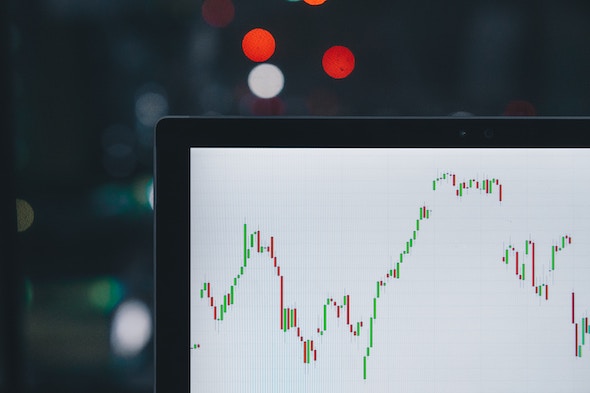Table Of Contents
Commodity backed money is the oldest form of money that has been used in time immemorial. As the term implies, the value of commodity money is based on the value of the material of which is it made from.
For example, gold and silver are metals which are primarily used to manufacture commodity money. Other types of commodities that were used in history as forms of payment include copper, cigarettes, decorative belts, chocolate beans, coffee, large-sized stones, and shells.
Types Of Commodity Money
Gold and silver that remains the most popular and preferred form of commodity money. Not only were these precious metals immune to spoilage, but their values would continue to increase throughout history.

Therefore, commodity money is money that has its worth or intrinsic value. Unlike fiat money, the value of commodity money is not determined by a government decree. It is not like bitcoin and other cryptocurrencies, the values of which are influenced by the transactions in a ledger.
Pros & Cons Of Commodity Money
Critics of commodity money argue that this form of payment is rooted in tragic history and are nothing more than relics which should be presented in an antique collection.
While that assessment might be harsh, the value of commodity money is not tied in with its perceived level of usefulness. In comparison, fiat money is money the value of which is tied in with the assurance that it’s issuing government enjoys the full support of the country. Thus, unlike commodity money, fiat money has no intrinsic value.

Commodity Money Vs FIAT
Banknotes are an example of fiat money. The citizens of a country that use fiat money accept it as a means of paying for goods and services because their government declares it as so. On the other hand, gold and silver do not inherently have any practical purpose. However, these precious metals can be used to produce items of great value such as jewelry and gold watches.
As commodities, gold and silver are subject to the Law of Supply and Demand. An increase in demand in combination with scarcity in supply will lead to an increase in the market value of gold and silver. If a society decides to use commodity money in the form of coins, it is the incumbent government that will decide the value of the coins in their denominations.
In most cases, coins are denominated at a face value that his higher than the metal it is made of. There have also been situations whereby the value of the material is much higher than the declared face value.
Countries With High Inflation
Case in point is a time when the country is experiencing runaway inflation where the values of both gold and silver could be hitting astronomical highs. In this type of situation, the government will move to discontinue the circulation of those particular currencies. Again in comparison, the features and functions of fiat money greatly differ from those of commodity money.
The value of fiat money is determined by a government decree and the legal process. It is an order from the government to recognize the money as legal tender for goods and services. This means that the ability of fiat money to cover purchases has its limits.
Another reason fiat money in terms of banknotes was created was to offer a more convenient way of carrying around a means of payment. Imagine walking around with gold and silver coins in your pockets. In time, governments stopped the practice of exchanging fiat money for the precious metals that once supported it.
For this reason, fiat money is deemed intrinsically useless and cannot be covered by precious metals unlike before. Fiat money only has value because the government that issued it said so.